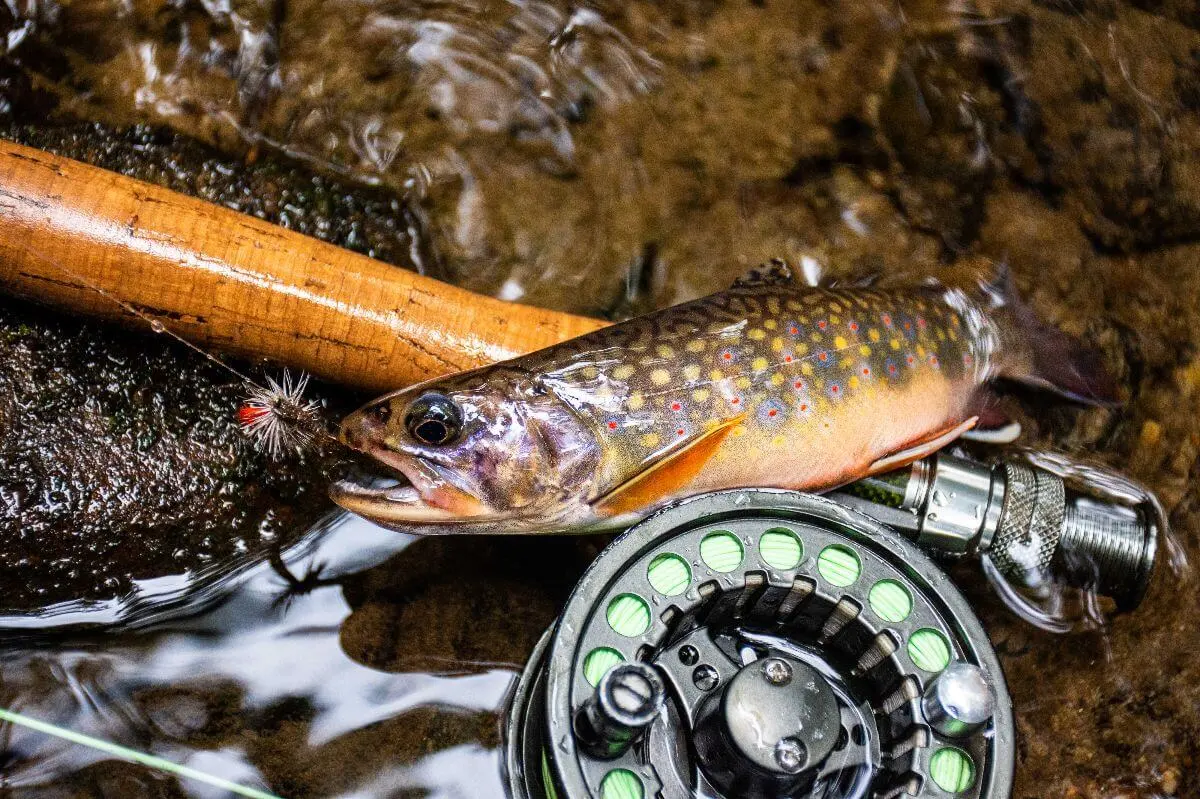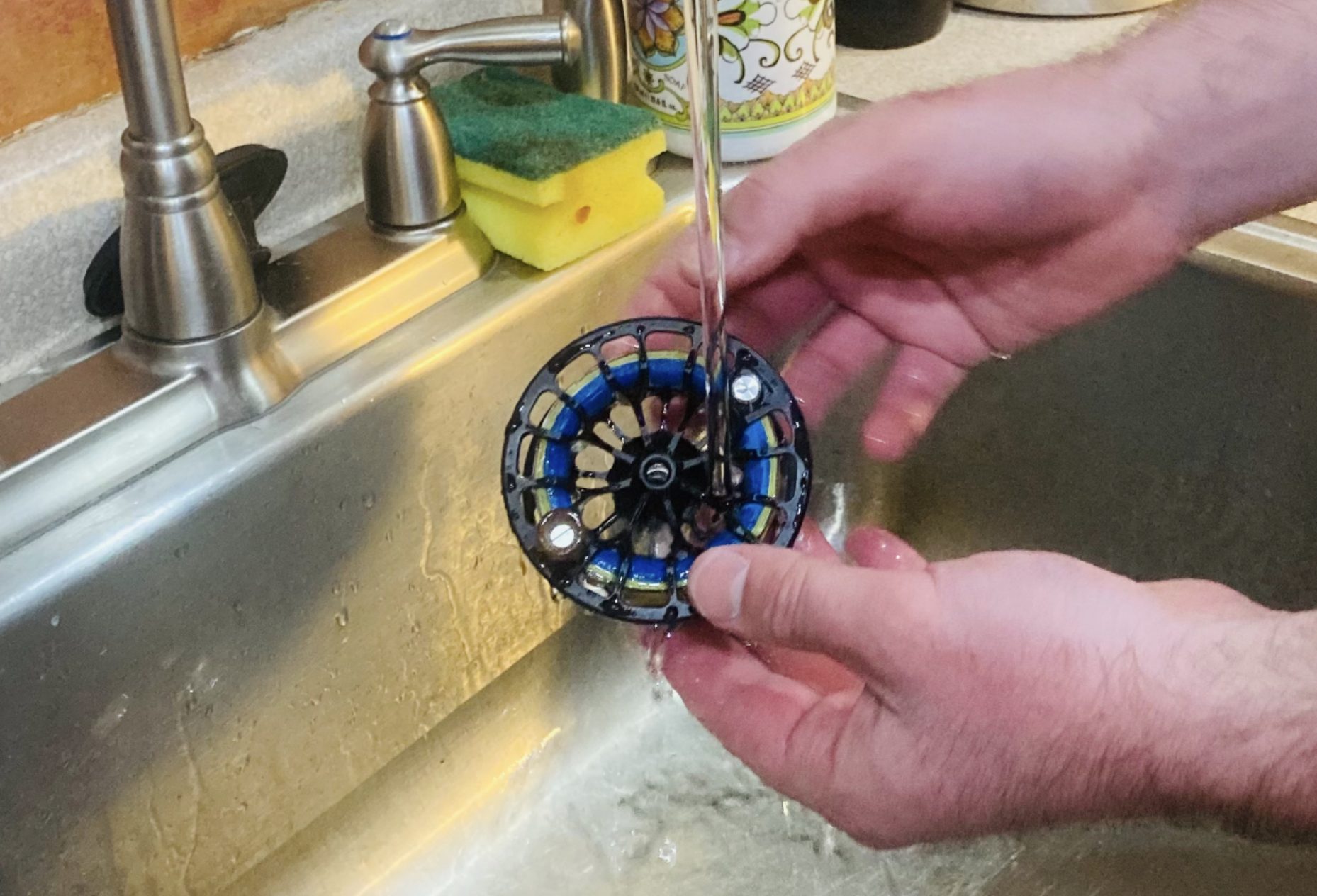Maintaining the performance and longevity of fly reels is a straightforward process that requires minimal effort. While contemporary fly reels are designed to withstand rugged use, a few simple precautions can extend their lifespan and ensure optimal performance. These maintenance practices are essential for preserving the functionality of fly reels, making them reliable companions for years of angling adventures.

The On-Stream Rinse During fishing sessions, anglers often inadvertently expose their reels to sand, silt, gravel, and other debris, which can compromise their functionality over time. To prevent damage, anglers should perform an on-stream rinse whenever the reel is set down. This quick and easy procedure involves submerging the reel in shallow water and rinsing it thoroughly to remove any accumulated debris. While this step may pose challenges in cold weather, it is essential for preventing abrasive debris from causing irreversible damage to the reel’s moving parts.
Reel Inspection After each fishing session, anglers should inspect their reels for signs of damage or debris accumulation. Any grinding, stickiness, or stiffness while winding the reel indicates the presence of debris between the reel frame and spool, necessitating immediate rinsing. Additionally, anglers should check for visible damage to the reel components, such as scratches or dings. While cosmetic imperfections are common and generally harmless, any abnormalities affecting the reel’s smooth operation may indicate underlying issues that require attention.

At-Home Reel Maintenance Upon returning home, anglers should perform a thorough rinse of the reel to remove any remaining debris and preserve its integrity. This process involves disassembling the reel, rinsing each component with cool, low-pressure freshwater, and wiping away any dirt or sand from the reel frame and spool. It is crucial to avoid using oils, greases, or detergents, as these substances can damage the reel’s internal mechanisms and void warranties. After rinsing, anglers should allow the reel to air-dry completely before storing it in a dry, dark environment to prevent UV damage.
Drying the Reel and Long-term Storage Proper drying and storage are essential for maintaining the integrity of fly reels over time. Anglers should allow the reel to air-dry thoroughly before storing it in a safe location away from direct sunlight. Additionally, storing the reel in a protective sleeve or display case can further safeguard it from damage and ensure its longevity. By following these basic maintenance steps, anglers can enjoy years of trouble-free performance from their fly reels, passing them down to future generations for continued use and enjoyment on the water.
Images/Source: DarkSkiesFlyFishing





